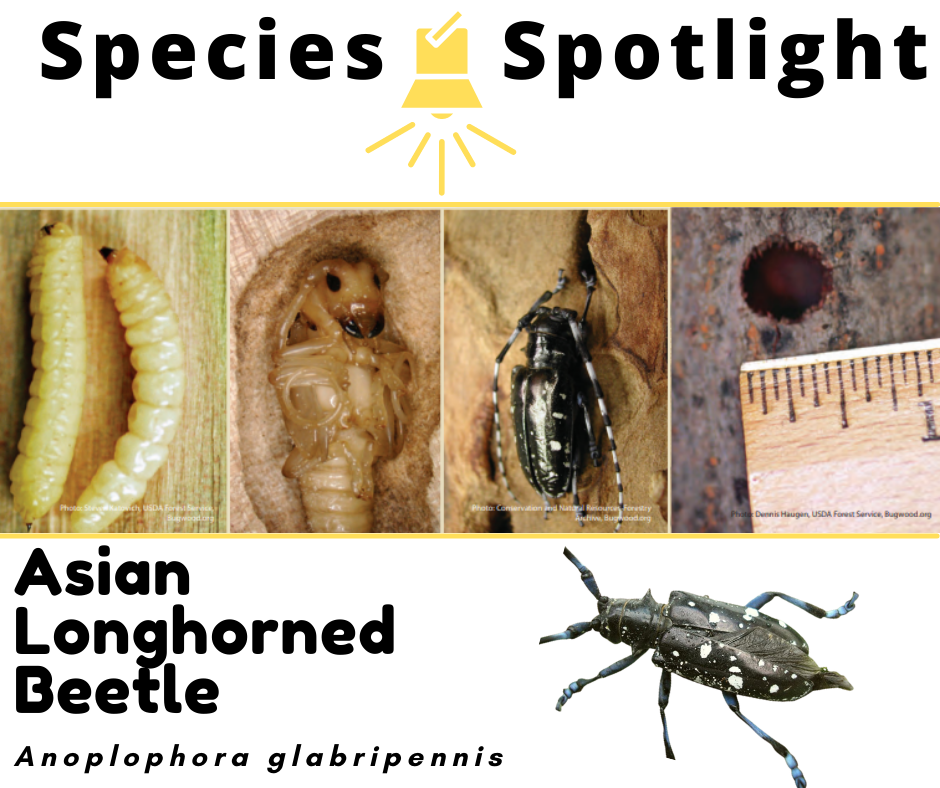April is Earth month! Learn easy and fun ways to take action to protect your favorite outdoor spaces from invasive species.
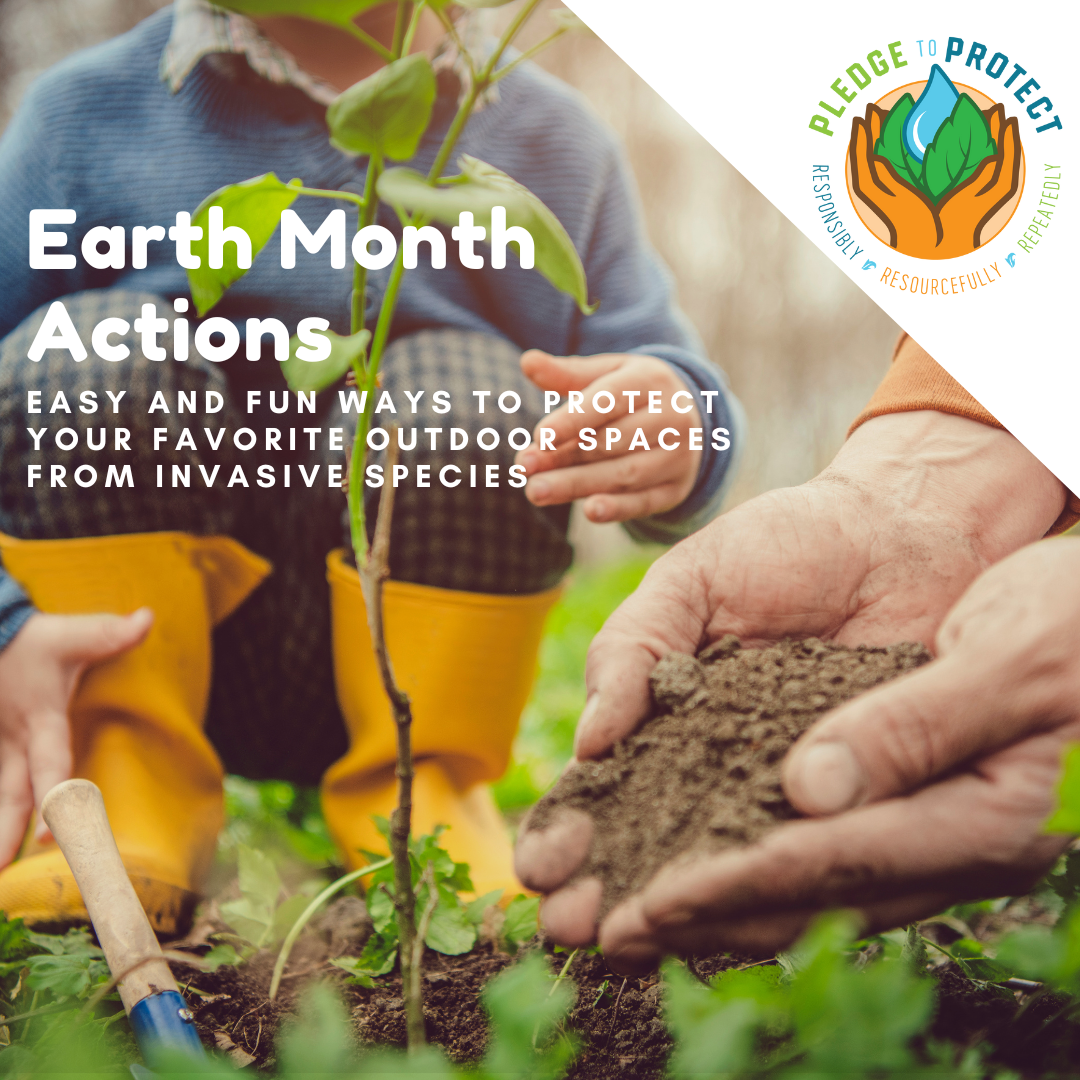
Protector’s Activity: Earth Month Actions

Protector’s Activity: Gear Up For Spring
Spring is coming! There are many ways you can help prevent the spread of invasive species while you enjoy your favorite springtime activities. Tips for Birding The excitement of returning […]

Protector’s Activity: Take a Nature Date
Take a date with nature this February! Spending time outdoors encourages stewardship and offers many fun opportunities to engage with your community and spend time with loved ones!

Protector’s Activity: Become a Volunteer
Looking for an impactful New Year’s resolution? Join our volunteer network and take action to protect vital ecosystems in your region!

Protector’s Activity: Protect Lands and Waters This Winter
Winter is here and there are many fun activities that you can enjoy this season like snowshoeing, cross-country skiing, ice fishing, and much more! While you’re spending time outdoors this winter there are some simple actions you can take to protect your favorite hiking trails, forests, and waterways from invasive species.
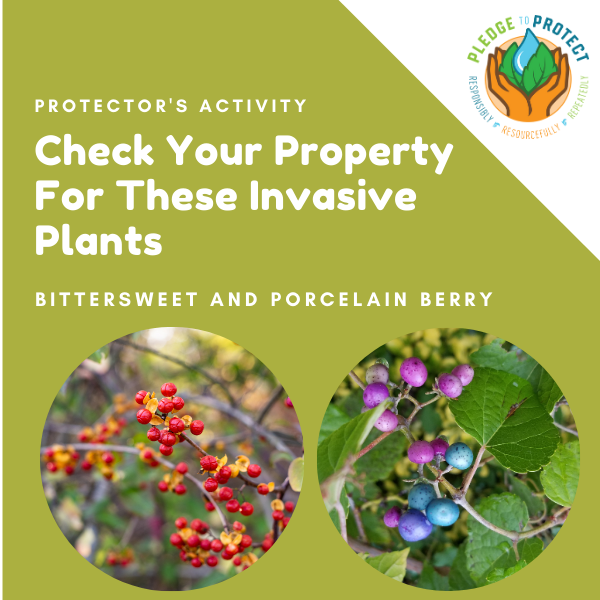
Protector’s Activity: Check Your Property for Invasive Plants
This fall and winter keep an eye out for bittersweet and porcelain berry which are easily identified by their distinctive berries that appear this time of year. These invasive woody vines grow over understory vegetation and strangle trees. Check out this Protector’s blog to learn to recognize these invasive plants and steps you can take now to get a head start on controlling them before the next growing season.

Virtual Hike Challenge
SLELO PRISM will hold our annual Virtual Hike Challenge (VHC) again this winter. The challenge, happening November 2023, through March 2024, pairs winter hiking with simple instructions to help keep an eye out for hemlock woolly adelgid (HWA). HWA is an invasive forest pest that is confirmed to be present in Oswego County and is spreading along the Eastern Lake Ontario shoreline.

Protect Pollinator Habitat
Specialized relationships between plants and insects are vital to the lifecycle of many pollinators. Invasive plants can easily overtake pollinator habitats. You can help by planting pollinator host plants and by removing invasive plants on your property. Learn more in this Protector’s Blog!
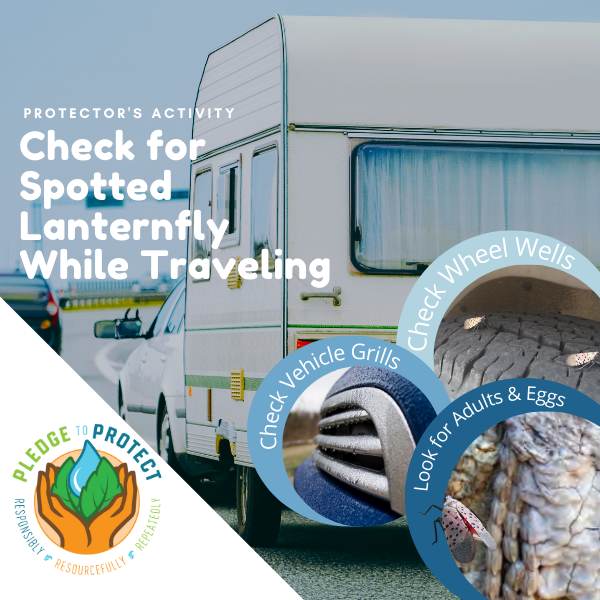
Protector’s Activity: Check for SLF While Traveling
Attention travelers, spotted lanternfly (SLF) can easily hitchhike on your vehicles. Be sure to check the grill and wheel wells of your vehicle for SLF adults and eggs while doing end of season traveling.
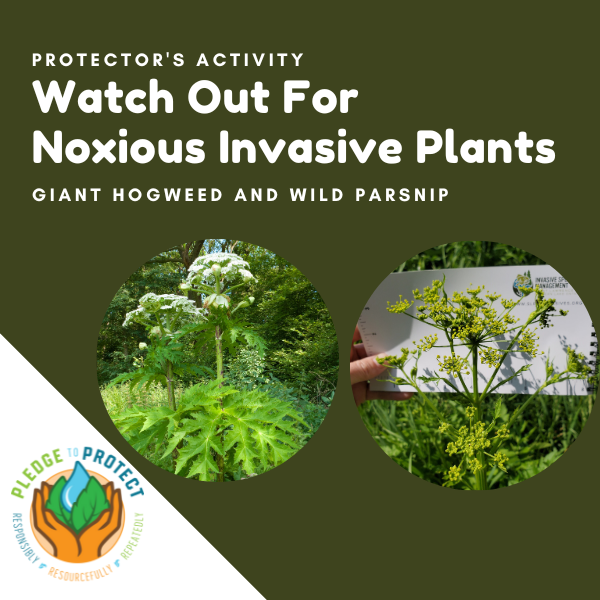
Protector’s Activity: Watch Out For Noxious Invasive Plants
While you’re enjoying the outdoors in your own backyard or on your favorite trail, keep an eye out for noxious invasive plants that could really hinder your outdoor experience!
